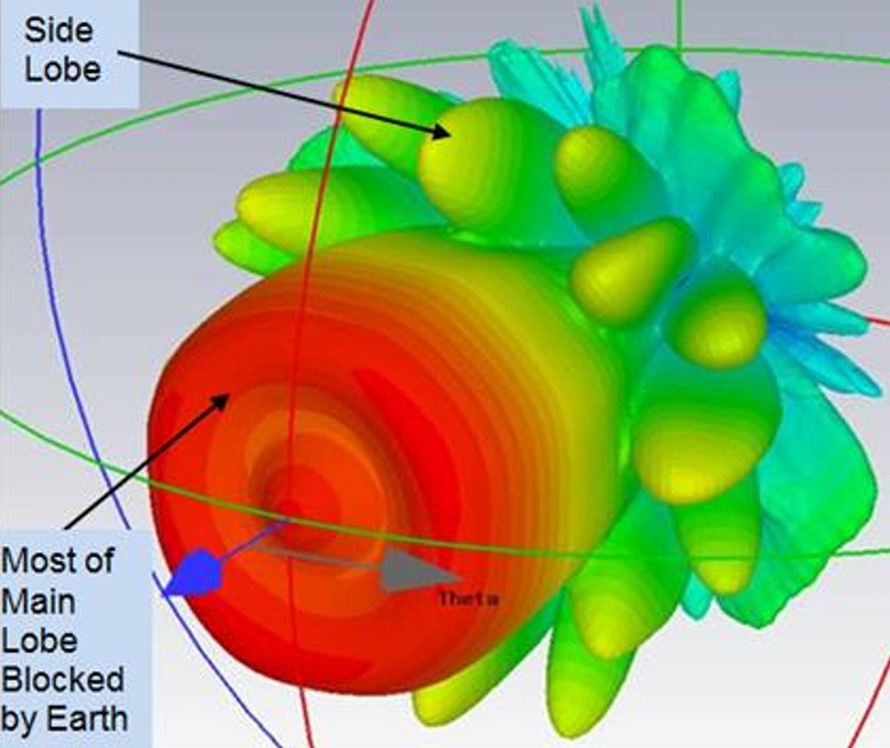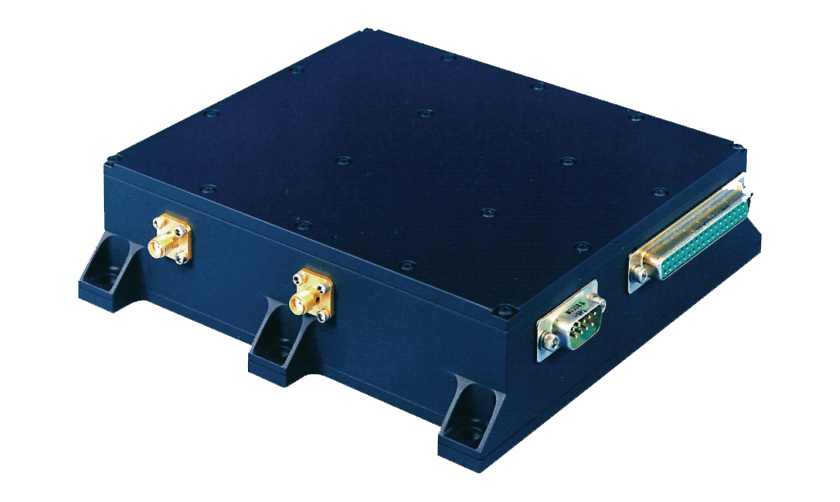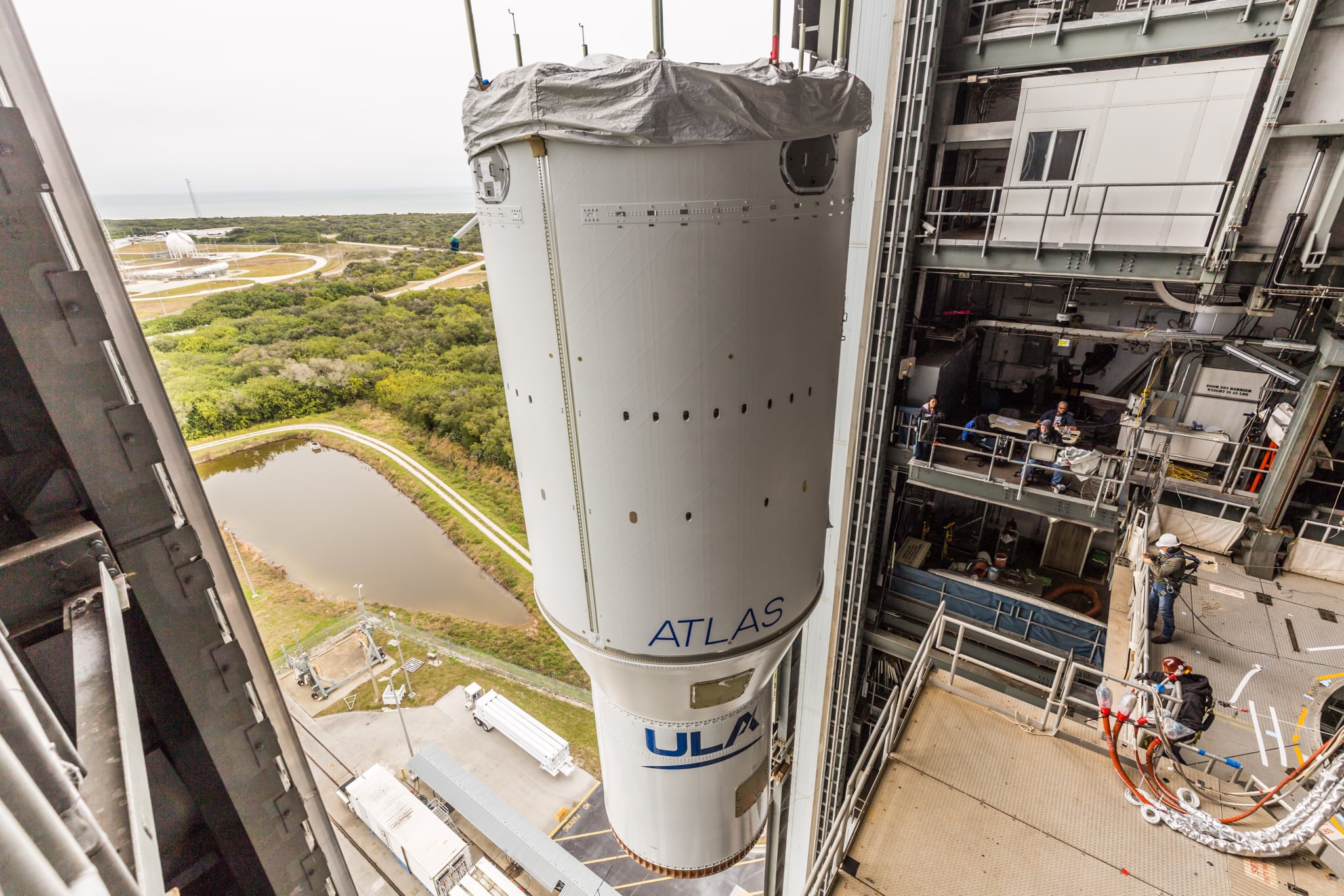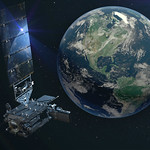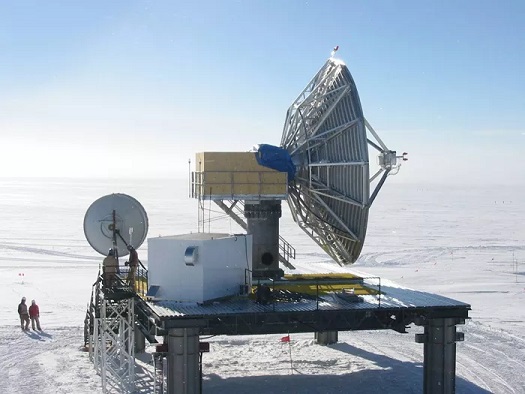![]()
Keeping GOES-R steady:
Updated 07/09/2024
The GOES-R satellites employ active pointing control systems utilizing onboard gyroscopes and star trackers for real-time determination of their attitude (orientation). This enables precise and continuous adjustments of their scanning mirrors to acquire high-resolution Earth imagery. This information comes from two sensors:
- SSIRU: This device uses gyroscopes (like spinning tops) to sense tiny rotations. It sends measurements very quickly (high bandwidth) and with minimal delay (low latency) to help fine-tune the mirror movements.
Each SSIRU has four spinning sensors (gyroscopes) working like backups in case one breaks. These gyroscopes work super fast , rotating at 200 times per second, helping the satellite stay steady. Each gyro is made of three special “quartz parts” (like super tough glass) built to last a long time and weigh very little. This combo keeps the satellite moving smoothly and accurately!
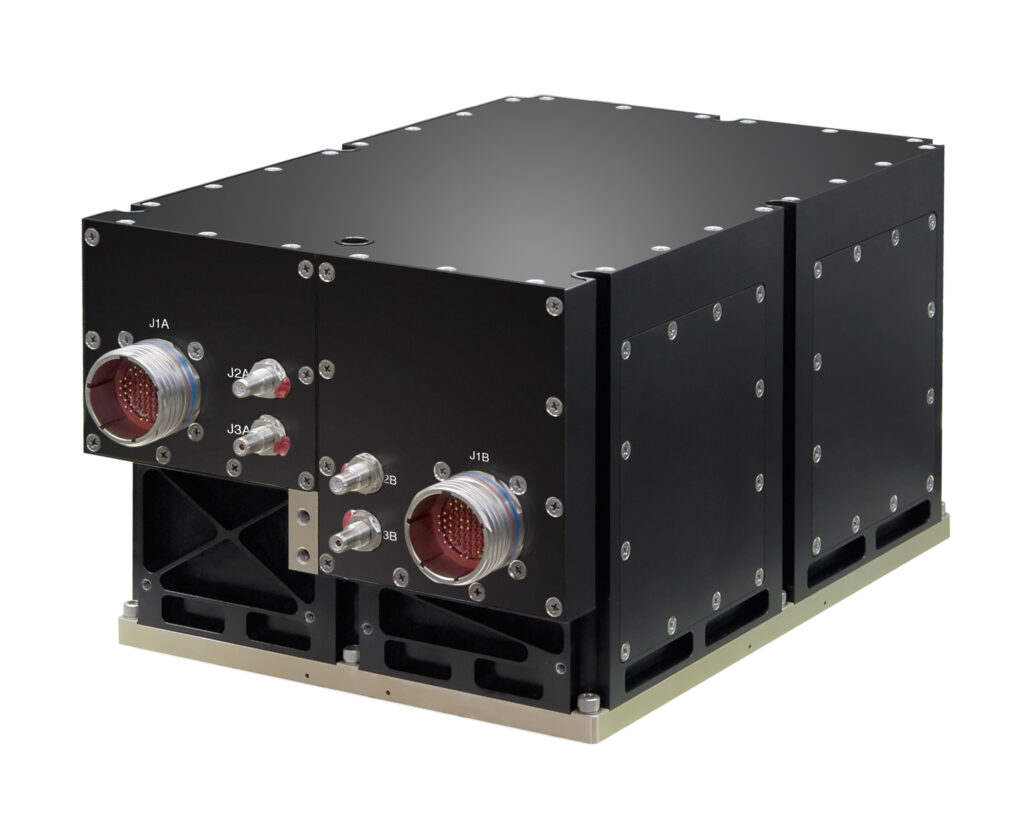
- Star Tracker: This tool, the Sodern Hydra* Star Tracker looks at stars, like a celestial compass, to determine the satellite’s overall orientation. Three “heads” provide redundancy, with two working actively and one as a backup.
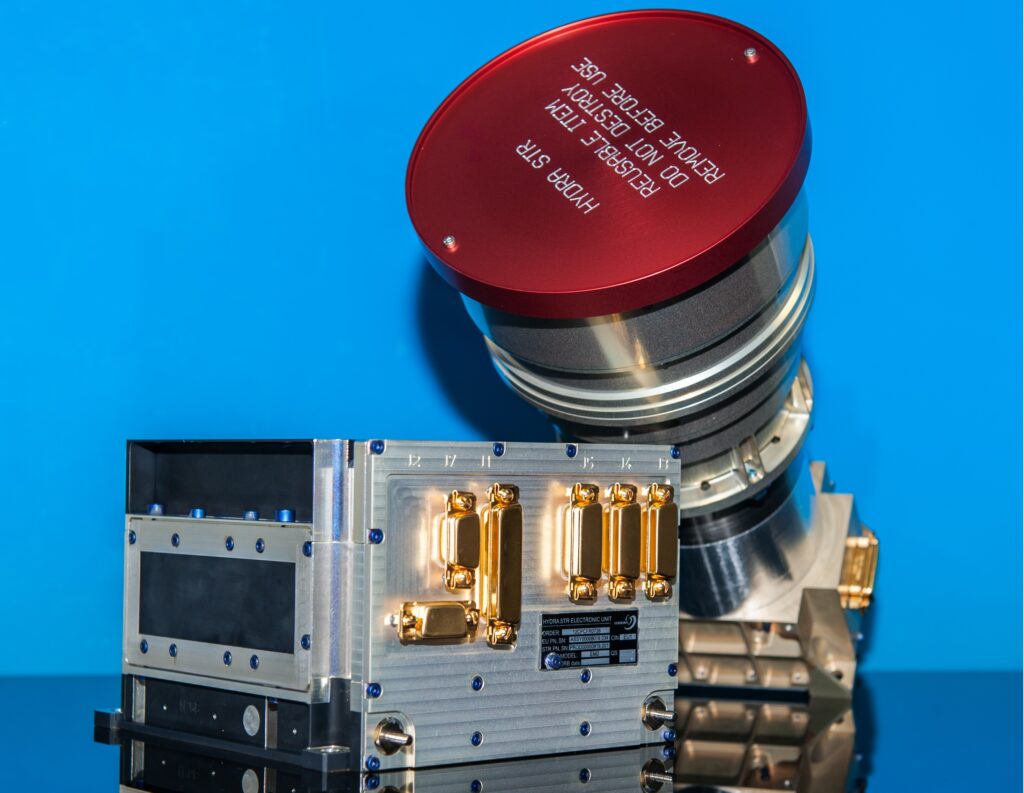
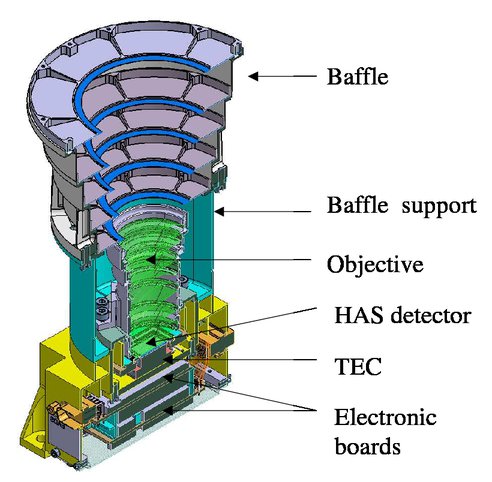
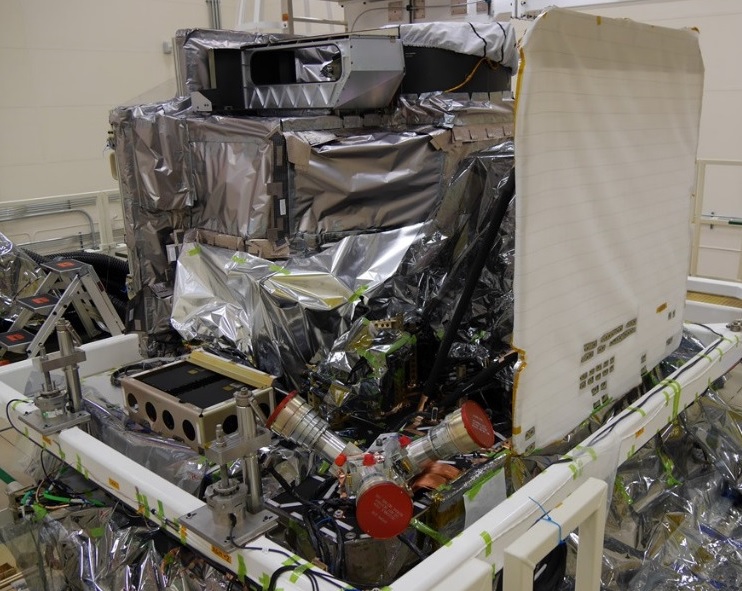
Combining these inputs, GOES-R can constantly adjust its mirrors to counteract any jitters and stay perfectly still.
Accuracy under pressure:
The accuracy of this system is crucial. The SSIRU gyroscopes must be incredibly precise, especially for short-term movements. Even tiny wobbles can blur the images. For longer-term stability, the star tracker and the software processing its data play a critical role.
Overall, this complex system of sensors and calculations allows GOES-R to maintain its stable position and deliver clear, detailed images of Earth’s weather patterns.
Key takeaways:
- SSIRU uses gyros for fast, precise measurements of movement.
- Star Tracker uses stars to determine overall orientation.
- Both sensors work together to keep GOES-R stable and capture sharp images
Where am I?
How does GOES know where it is in geostationary orbit?

The GOES-R satellites use a special GPS receiver called the Viceroy-4 and a custom antenna to track their position in space. This is important because it allows the satellites to stay in their precise geostationary orbit, 35,786 kilometers above Earth.
Normal GPS receivers get a strong signal directly from the satellites, but at this high altitude, the signal is weak and comes in at an angle. To pick it up, the GOES-R antenna has to point downwards, and the receiver needs to be able to listen to faint “side lobe” signals instead of the main, stronger signal.
This is tricky because different GPS satellites have slightly different side lobe patterns, and the receiver needs to be able to tell a weak signal from background noise without getting overloaded by a strong one.
Despite these challenges, the GOES-R GPS receiver can find its position within 8 minutes in most cases and then keeps track of the satellite’s location and speed very accurately. This information is used to keep the satellite pointed in the right direction and ensure it continues to provide vital weather data.
The Viceroy-4 GPS receiver provides position, velocity, and time information for Low Earth Orbit (LEO) and Geostationary Earth Orbit (GEO) applications. Performance and satellite visibility are enhanced through the use of dual antennas; each of the 18 GPS channels can be assigned to either antenna.
- GOES-R uses a special GPS receiver and antenna for geostationary orbit.
- They pick up “side lobe” signals because the normal signal is weak at such a high distance.
- The receiver needs to be able to handle different signal strengths and background noise.
- It finds the satellite’s position quickly and accurately, keeping the satellite on track.
Images provided by:
General Dynamics, NOAA, NASA- Goddard Research Center, Lockheed Martin Space Systems,and the Sodern Co.
* Hydra– a many-headed serpent or monster in Greek mythology with no affiliation to protagonist Captain America’s antagonist– HYDRA is an authoritarian-subversive paramilitary terrorist organization bent on world domination.


